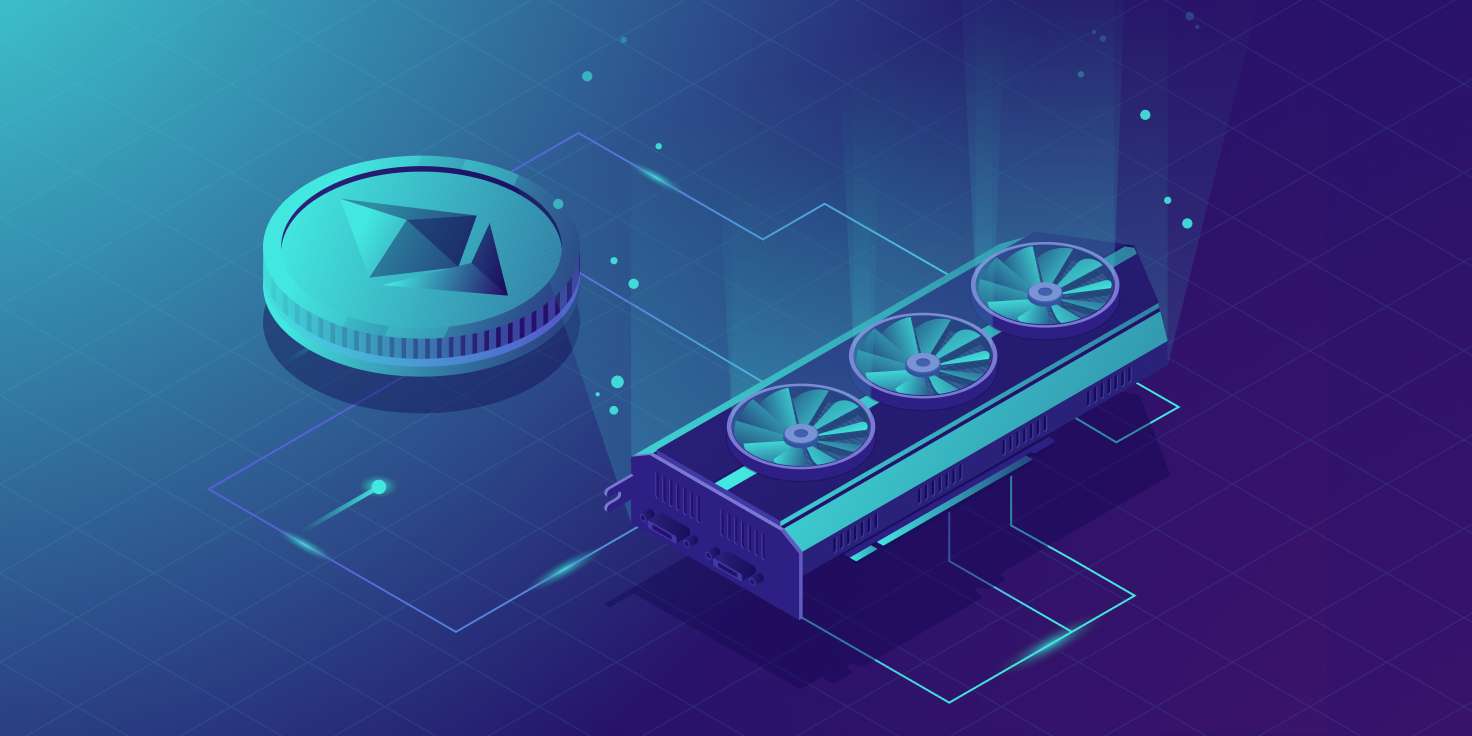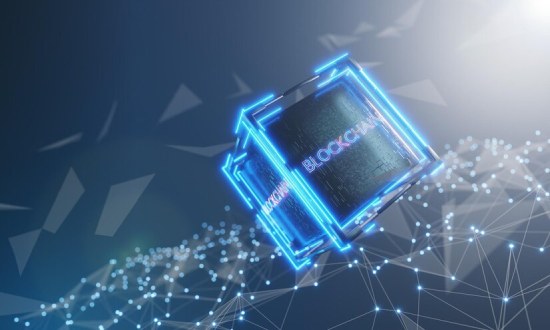From Smart Contract to Bytecode
Developers write contracts in languages like Solidity or Vyper. These compile into EVM bytecode, a low-level set of instructions (opcodes). Every EVM node executes this bytecode in isolation, producing identical outputs that the network agrees upon.

 Blockchain Application Development
Blockchain Application Development
 Fintech Blockchain App Development
Fintech Blockchain App Development
 Hyperledger Application Development
Hyperledger Application Development
 STO Development Services Company
STO Development Services Company
 Exchange Development
Exchange Development
 Cryptocurrency Wallet Development
Cryptocurrency Wallet Development






